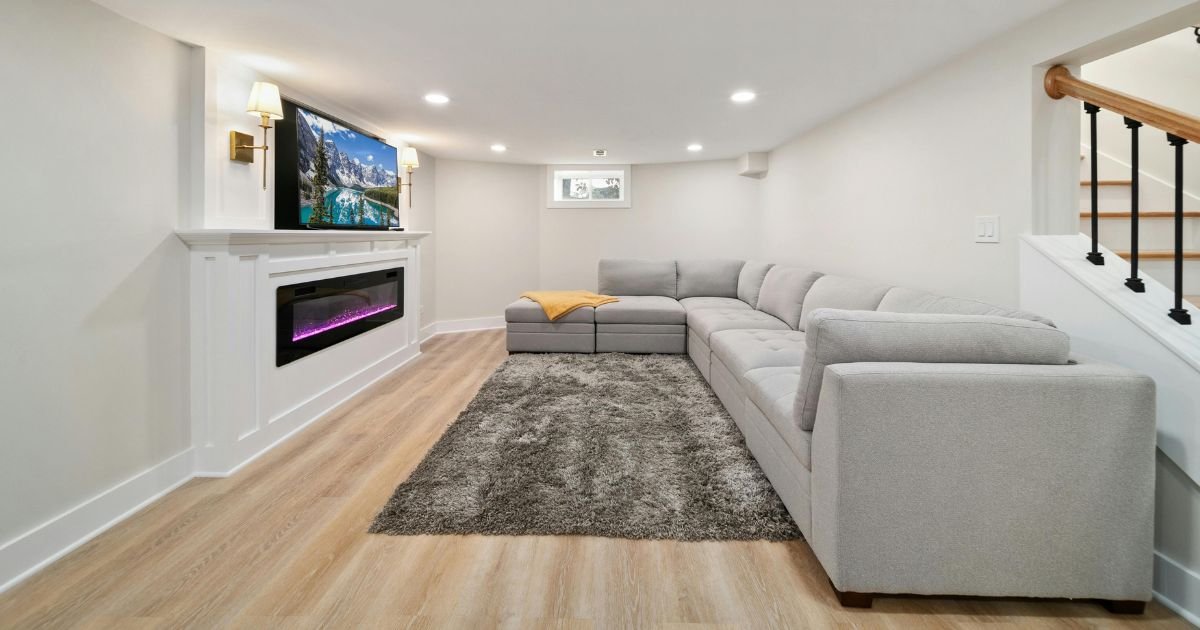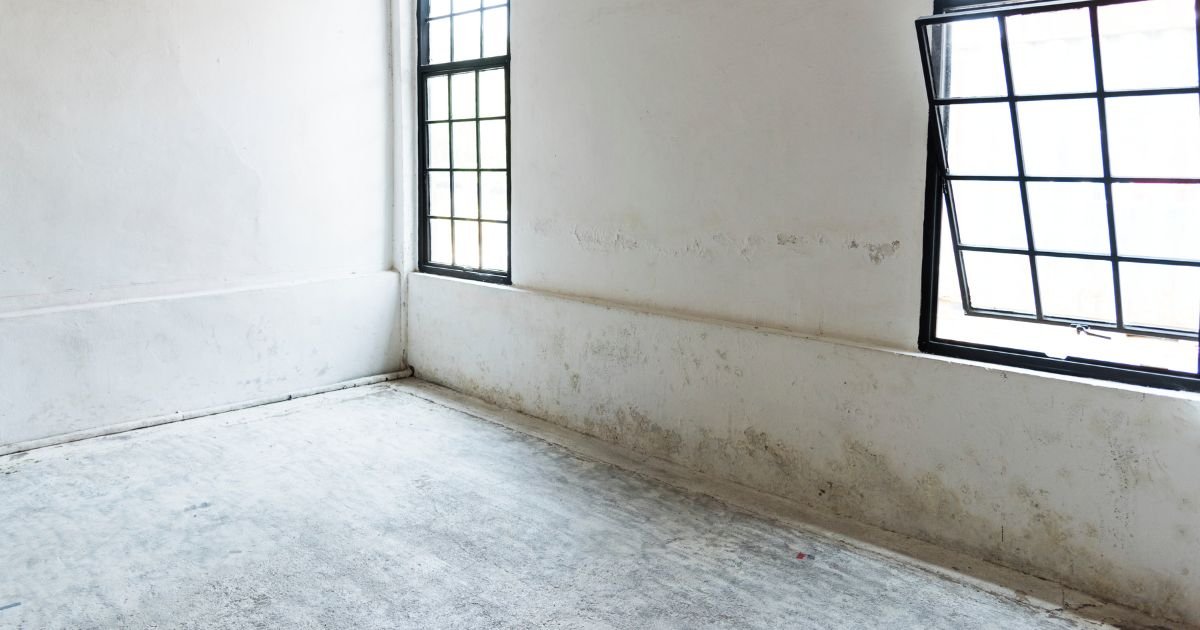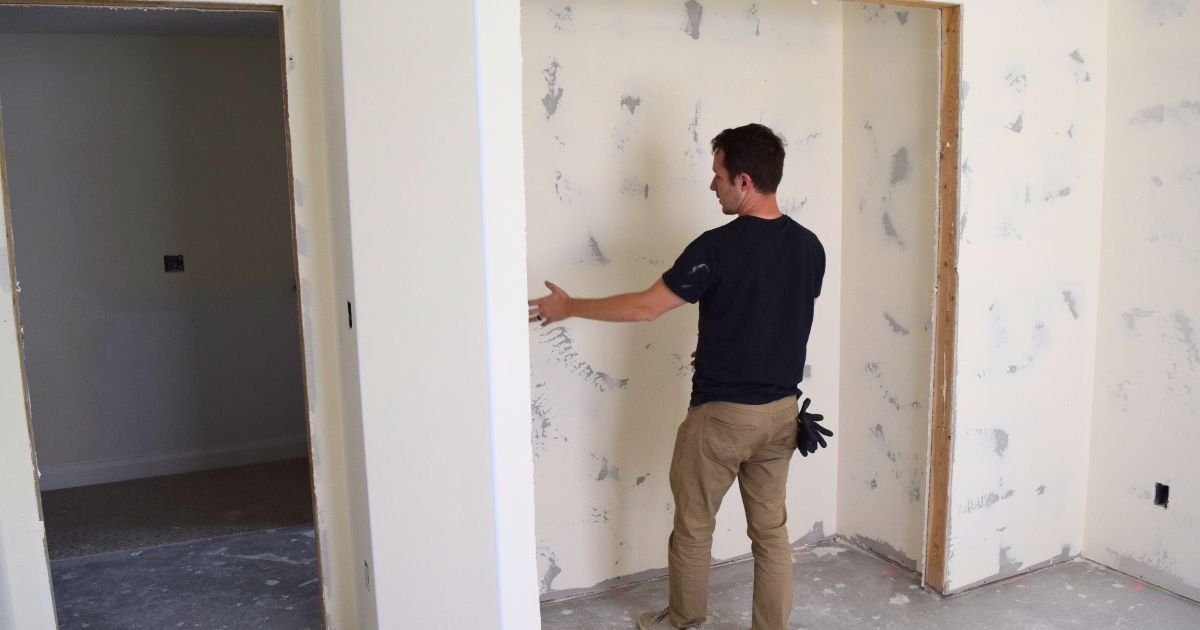Finishing Your Basement? Avoid These Expensive Mistakes
Finishing your basement can feel like the ultimate home upgrade. It’s extra square footage, more room for the family, and an investment that usually boosts property value—especially in Utah’s competitive housing market, where finished basements are highly desirable. But mistakes during a basement project can cost you serious time, money, and peace of mind.
If you’re thinking about basement finishing in Utah, here’s a closer look at the most common missteps—and how to avoid them—before you start.
Try reading our Basement Finishing process here!
1. Skipping a Proper Moisture Inspection
Basements are naturally more vulnerable to moisture because they sit below grade. Even if everything looks dry today, hidden leaks or condensation can cause mold, mildew, and structural damage over time.
Before you even design the layout, check for early signs of moisture: musty smells, efflorescence (white powdery stains on concrete), or slight dampness on walls and floors. It’s also smart to inspect after heavy rain to see if any water collects at the foundation.
If you’re unsure what to look for, this Dry Basement Foundation Repair’s guide offers simple steps homeowners can take to spot basement moisture before it becomes a bigger problem.
Investing in proper waterproofing, sump pumps, or drainage improvements early can save thousands later.
2. Underestimating the Layout
The excitement of adding a new living space sometimes leads homeowners to focus on the finishes first—paint colors, flooring, furniture—without spending enough time thinking about layout.
In reality, the most functional basements are the ones that are mapped carefully. Think about:
Traffic flow between spaces (bedrooms, TV area, gym)
Access to plumbing for bathrooms or wet bars
Natural lighting and where window wells are located
Storage that's easy to access but out of sight
You can also get some layout inspiration from our basement project gallery, showing real homes with smartly divided spaces.
3. Not Planning Enough Lighting
Natural light is limited in most basements—so the lighting plan becomes even more important than it is upstairs. Relying on just a few overhead fixtures can leave the space feeling cold or gloomy, no matter how nicely it's finished.
The best designs include multiple layers:
Ambient lighting (recessed lights, ceiling fixtures)
Task lighting (floor or desk lamps, under-cabinet lights)
Accent lighting (sconces, LED strip lighting for shelving)
Tip: Always plan wiring and fixture placement early, ideally before framing begins, to avoid expensive changes later.
4. Skipping Permits and Ignoring Building Codes
It can be tempting to rush into a basement project without permits—especially if you're only adding cosmetic updates. But skipping proper inspections is a major risk.
In Utah, building codes require:
Adequate ceiling heights (usually at least 7 feet)
Proper egress windows for any bedrooms
Safe electrical work
Adequate ventilation for mechanical rooms
Without permits, you could face fines, have trouble selling the house later, or even be forced to undo the work.
Here at Berlin Homes, we always include permitting in our basement finishing process to ensure everything is built to current standards.
5. Using the Wrong Materials for a Basement Environment
Not every material that works upstairs is a smart choice for basements. Below-grade spaces are more humid and prone to temperature swings, which can wreak havoc on traditional drywall, carpet, or hardwood flooring.
For flooring, moisture-resistant options like luxury vinyl planks, engineered tile, or polished concrete are much better choices.
For walls, mold-resistant drywall and proper insulation are key.
Cutting corners on materials might save a little up front, but it almost always leads to bigger problems—and costs—later.
6. Forgetting About Soundproofing
Basements often double as media rooms, guest spaces, or play areas. Without soundproofing, noise easily travels upstairs and can disturb the main living spaces.
Adding insulation in ceilings, using thicker drywall, or installing sound-dampening panels can help create a quieter, more private space.
It's a small investment that makes a huge difference in how comfortable the entire home feels.
Finishing your basement is exciting, but avoiding common mistakes is what turns it into a truly valuable part of your home. A little extra planning—checking for moisture, creating a smart layout, choosing the right materials—makes all the difference in a project that feels just right for your family.
If you’re thinking about basement finishing in Utah, focusing on good preparation will lead to better results, fewer headaches, and a space you actually enjoy for years to come. Contact us here to start today!




